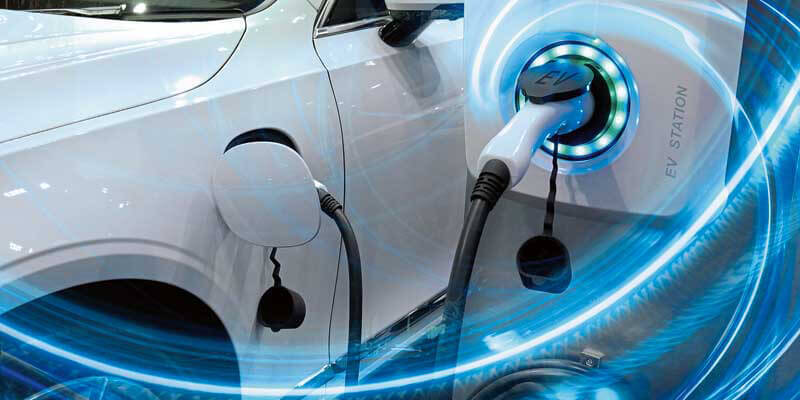Cristian Rossi describes how satellite Earth Observation is helping meet the growing demand for battery metals

Net-zero commitments require a transition to cleaner transport and renewable energy storage, but this poses many challenges for energy and mineral supply chains. Low-carbon technology is intensive from a mineral perspective. If our planet is to remain within the COP21 commitment of a global average temperature increase of well below 2°C, the World Bank estimates that more than three billion tons of minerals and metals will be needed to deploy wind, solar and geothermal power, as well as energy storage.
Against this background, the demand for battery metals, such a lithium and cobalt, is set to reach 500% of current production levels by 2050. Mineral supply will be critical in determining the speed and scale at which green energy technologies can lower greenhouse gas emissions and enable climate-resilient development.
Renaissance
Within the UK, regions such as Cornwall have a rich mining heritage and are experiencing a renaissance with the recent unearthing of significant deposits of lithium and other battery metals. This has increased the need for new and innovative sustainable techniques that can locate, identify and secure these sources for green transition activities and jobs.
Earth Observation (EO) technology can be used to identify sites with a higher probability of battery metals by identifying surface descriptors from satellite data and using specialist interpreters to produce prospectivity maps. The use of these techniques can identify new target areas for extracting battery metal that would not otherwise be possible, thereby increasing the supply to meet growing demand. This approach – with regional adaptations - has appeal on a global scale.
To this end, the Satellite Applications Catapult has recently concluded a project funded by the UK Space Agency, named “Satellites For Batteries”, by partnering with Cornish Lithium, an innovative mineral exploration company; Decision Lab, a data science and artificial intelligence company; and leading space technology companies CGG Satellite Mapping, Terrabotics, and Pixalytics. Together with support from University of Exeter’s Camborne School of Mines and the British Geological Survey, the project followed a successful first phase that explored the potential use of optical and radar EO data to prospect subterranean lithium brines and design environmental baselines.
Machine Learning framework
Both phases are based on the derivation of geological and environmental surface proxies that suggest the presence of specific batteries metals. Typical proxies are geological faults, mineral alterations, vegetation anomalies and specific land covers. While the first project phase made use of expert knowledge to combine all surface descriptors, this second phase enhanced it by considering a Machine Learning framework that properly combines all derived proxies without the need of human intervention. Moreover, the project scope extended to a portfolio of battery metals, such as tin, copper, tungsten, zinc, lead, silver and lithium.
The derived maps have been embedded in a 3D visualisation tool to ease the user experience and interpretation (a mock-up is shown below). Satellite For Batteries is a successful demonstration of the use of EO data across diverse disciplines, from geological remote sensing to pure data science, on a topic of growing importance.


